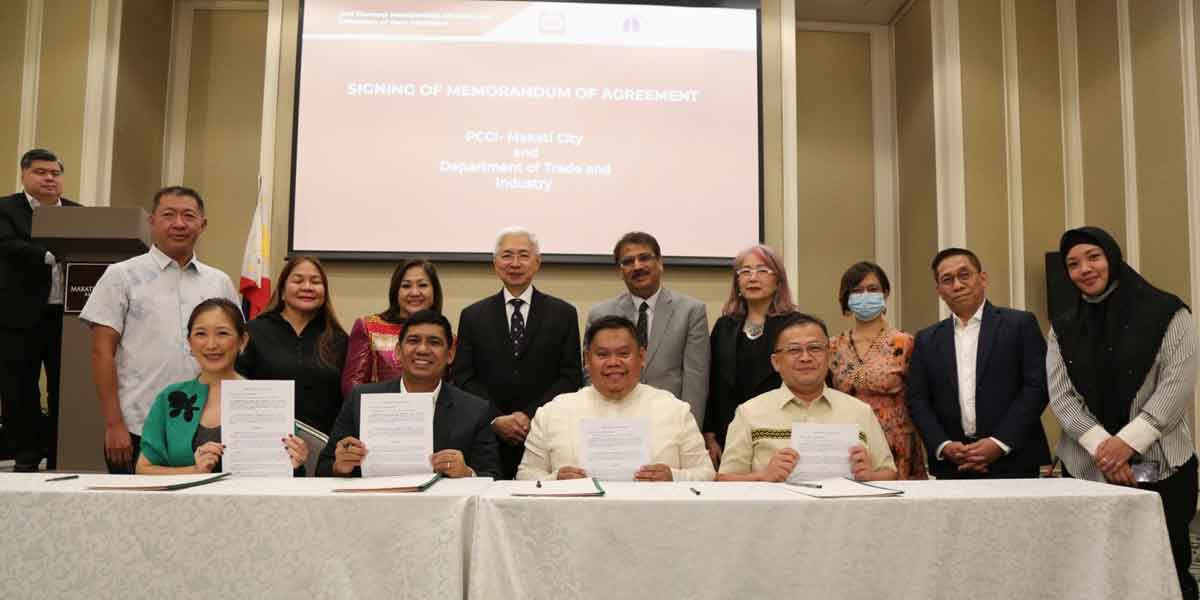
By: Emme Rose Santiagudo
With the help of international and national stakeholders, private sectors, and the academe, Iloilo City is stepping up efforts to become a model of resilience by establishing one of the country’s first locally based disaster information system.
On Monday, the city government together with the National Science and Technology Center for Disaster Reduction (NCDR) in Taiwan, National Resilience Council (NRC), and Manila Observatory signed a memorandum of cooperation on joint efforts to improve regional resilience against natural hazards.
The agreement aims to promote knowledge-based capacity building program to facilitate resilience to disaster for sustainable development in the city of Iloilo.
It was followed by a signing of the implementation agreement on the Smart Sensor Network between Iloilo City, NRC, NCDR, Manila Observatory, Central Philippine University (CPU), John B. Lacson Foundation Maritime University (JBLFMU), University of the Philippines Visayas (UPV), West Visayas State University (WVSU), Alliance Global Group, Megaworld Iloilo, and SM City Iloilo.
NRC President Ma. Antonia Yulo-Loyzaga said the two agreements are complementary to the three-year program of the NRC towards the resilience goal of Iloilo City.
“Today’s agreements are complementary to the science and technology as well as leadership and governance goals of our Local Government Systems Program for Iloilo City. What we’re trying do is provide a system of environmentally monitoring, a way to gather data through the networks and equipment both for climate, weather, and earthquake events,” she said in an interview on Monday.
Last October, Iloilo City was the first city in the country to be chosen by NRC to become a model of resilience thru its Adopt-a-city program.
Under the program, the city together with the stakeholders will undergo a three-year training and capacity building as well as knowledge generation program on leadership and governance and science technology where it will be measured through a score-card that corresponds to the three-year achievement of the city.
As part of its partnership, the city government received 25 sets of P-alert and rain gauges from the National Science and Technology Center for Disaster Reduction (NCDR)
The rain gauges will be used in measuring the rainfall amount as well as take note of the precipitation patterns while the P-alert can detect the first movement before the main wave of an earthquake hits by releasing warnings.
The sensors, which were installed in the strategic areas in the city and in selected universities combined with the existing automated weather stations (AWS) of the Manila Observatory, will make up the source of the city’s disaster information system that can be accessed online through a website named, “Be Prepared Iloilo.”
NCDR Taiwan Director Dr. Hongey Chen said they chose Iloilo City as the recipient of the project since the city has also experienced heavy rainfall due to the onslaught of typhoons.
Chen said they want to share the experience of Taiwan in reducing the disaster risks by setting up a disaster information system.
“I chose this area because Iloilo City also gets disasters. Because in Taiwan we have already experienced typhoons, heavy rainfall and a lot of disasters and we reduced some of the disasters because we set up our disaster information system. So we hope to share our experience to this city and we hope to reduce the disasters here,” he said.
According to Dr. Gemma Narisma executive director of Manila Observatory, data is important especially for developing cities in order address the increasing risk of climate change and disasters.
“Things are changing not only in terms of the hazards but also in terms of hazards and vulnerabilities as the city continues to develop, so now it is even more important to have this data, try to analyze, and understand on how we can better prepare ourselves. We should look at them, study them and try to see what development pathways Iloilo should do so that it will lead to a more resilient future,” she said.
Months before Typhoon Frank hit Iloilo in 2008, Jessica Bercilla, Climate Change Advisor for Asia and the Middle East of Christian Aid, recalled that NRC through Loyzaga already went to Iloilo City to identify and evaluate its disaster risks.
“Iloilo has historically been very exposed to hazards because we are a flood plain and not many people know that unfortunately. We need to be constantly conscious of what’s happening in our environment. Hopefully, the information that’s given to you can be part of the risk reduction of the city para we will not suffer from the losses and damages that we’ve had in the past,” she said.
Bercilla said she hopes the city will make full use of the system since it is one of the first cities in the country with that kind of system.
“What we normally see is national data and if you really want very precise data then we need downscale climate information. Your stakeholders are very supportive. All the ingredients are there. You all have the system. Iloilo is the only city with this kind of system currently, we hope that you make full use of it,” she said.
Meanwhile, Mayor Jerry Treñas said he is thankful for the partnership between the international, national, and even local stakeholders in the city.
“It is our desire to level up the functions of Iloilo. We are looking forward with these partnerships together with the NCDR, NRC, Manila Observatory, private sectors and academe. We want to assure the Ilonggos, in the next few years we will be even more resilient,” he said.



















